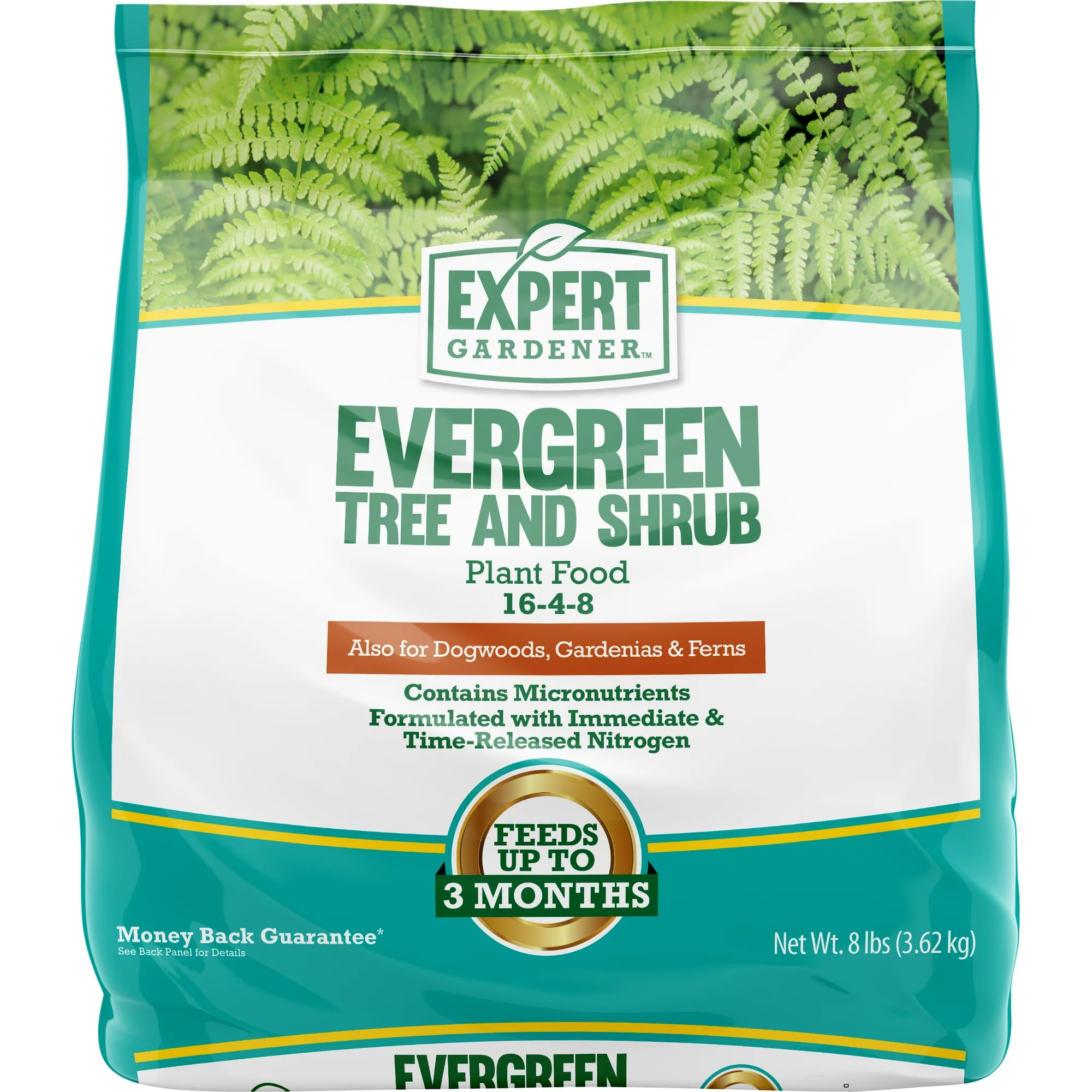How and when to fertilize hedges in spring – expert advice for healthy green growth
Knowing how and when to fertilize hedges is important and will give your boundaries a boost this year
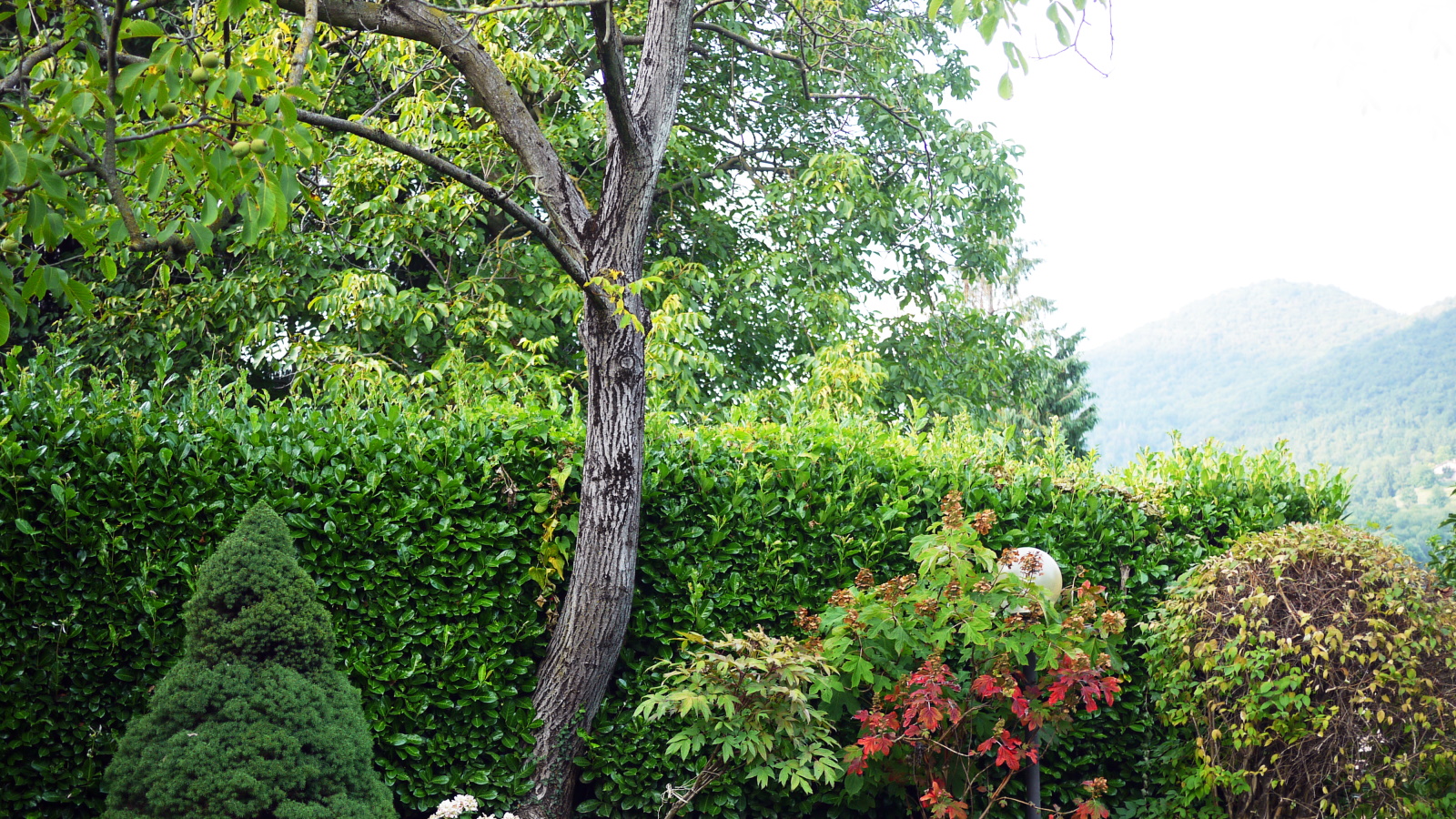

Hedge planting is vital in any backyard. Gardeners can add structure and create privacy by planting beautiful green boundaries in any outside space. In addition, softening boundaries with greenery will add much more to your yard than any hard landscaping, such as fences or walls, and is ideal for gardeners seeking to encourage wildlife to their plots.
Many of the best hedging plants are low maintenance and easy to grow, yet this is not to say that after learning how to plant a hedge, you can simply ignore these plants. Indeed, boundary plants require some annual maintenance, and feeding your hedging can help to give your hedge plants a boost for the growing season.
Here, expert gardeners share advice on how and when to fertilize hedges and also reveal the best products to use for these plants, ensuring that you enjoy lush green hedging this year.
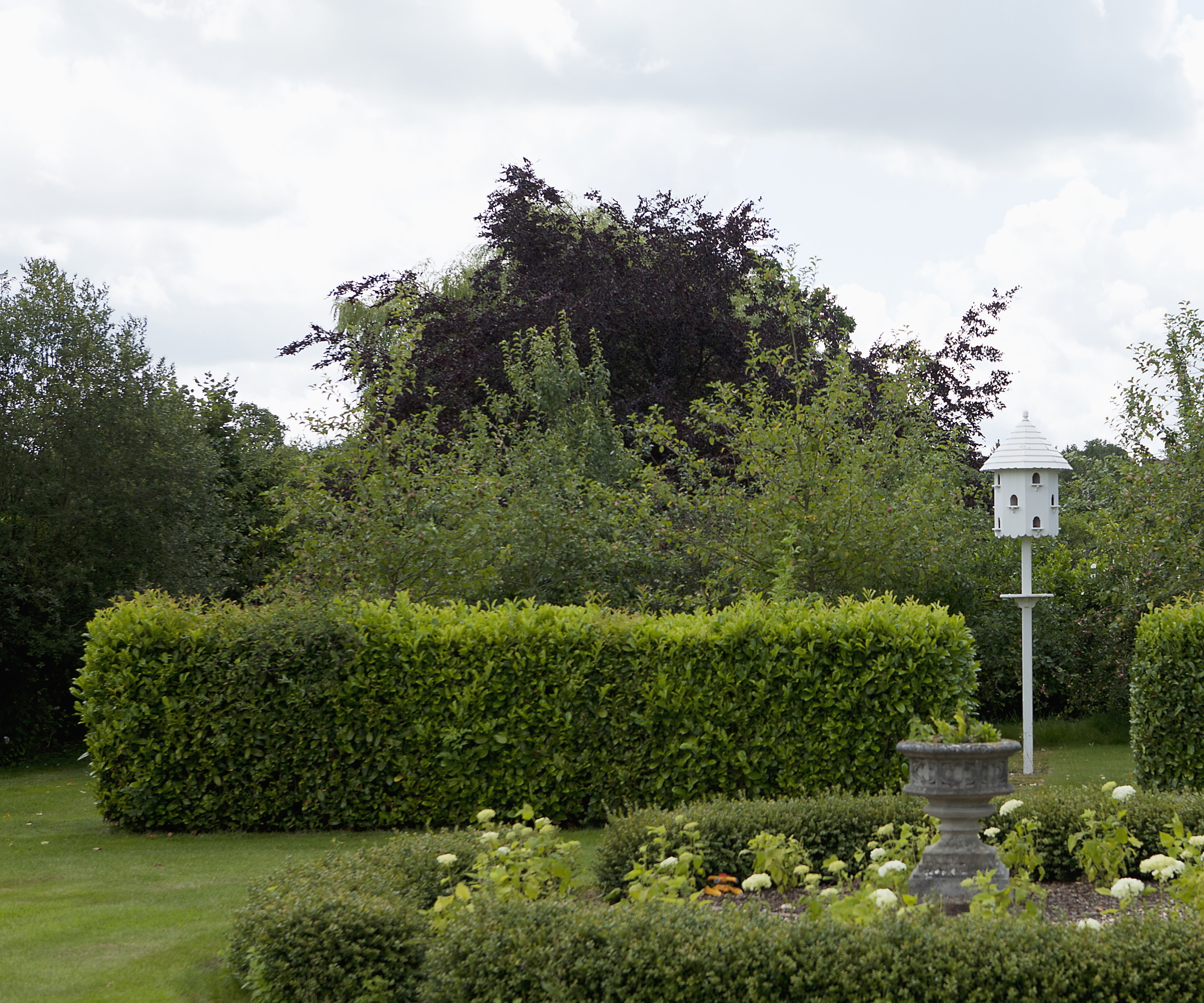
How and when to fertilize hedges
Hedge plants come in all different shapes, sizes, colors and textures. Landscaping with hedges is a good idea for softening your boundaries, and depending on your preferences, you can plant evergreen hedging, such as laurel or holly, or perhaps you prefer a hedge plant with more seasonality, such as hawthorn, which will produce wonderful spring blooms.
Whatever hedge plants you grow will require some annual maintenance, and learning how and when to fertilize hedges can help to encourage new growth for the spring and summer months.
When to fertilize hedges
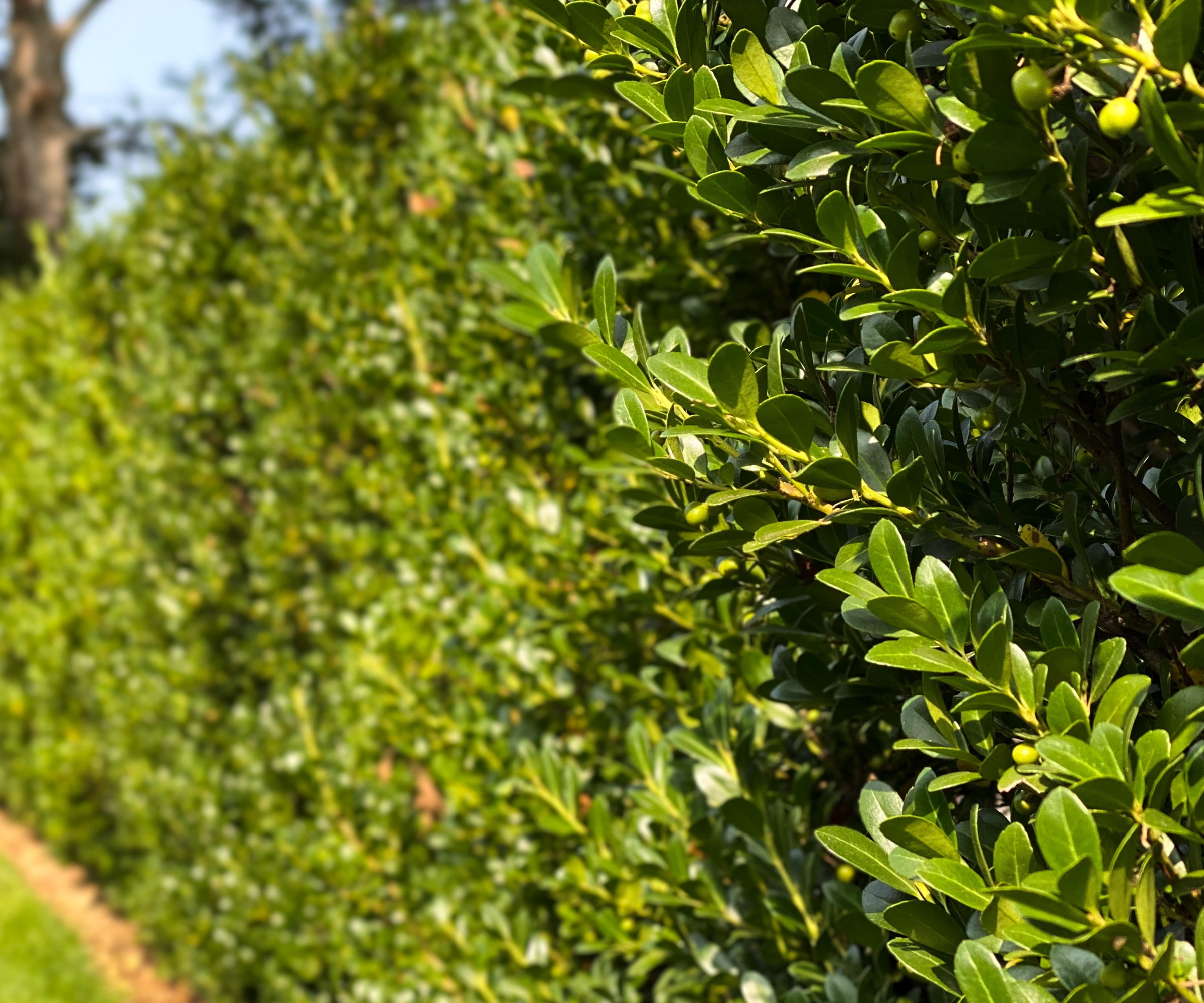
Hedging might seem like the sort of plant that can be ignored, and while it can do just fine when left alone, the occasional application of fertilizer will undoubtedly improve plant growth.
'Hedging plants can really benefit from feeding during the growing season,' says Mike Murphy, garden expert and owner at You Had Me At Gardening. 'While many of us gardeners assume that low-maintenance hedge plants do not require feeding, doing so will help your plants.'
Design expertise in your inbox – from inspiring decorating ideas and beautiful celebrity homes to practical gardening advice and shopping round-ups.
'It is best to feed hedges in spring, just as new growth begins to emerge,' Mike continues, 'feeding again in late spring or early summer to support vigorous growth throughout the growing season.'
As Mike says, as a general rule, fertilizing hedges is best done in spring, typically in April or May, so it is a job to add to your spring gardening checklist. While you can feed again in the summer, if you are only going to feed your hedges once, make sure to do it in spring when everything in the garden is producing new growth and sending out shoots.
'Your approach to feeding and the products used might vary between evergreen and deciduous hedging, as will the frequency of feeding, which will depend on the fertilizer used,' Mike adds.

Mike grew up gardening with his parents and grandparents. He enjoys his backyard orchard of dwarf fruit trees, raspberry and blackberry patches, and raised garden boxes. In addition to his perennials, Mike enjoys sprouting new fruit and vegetable seeds every spring.
How to fertilize hedges
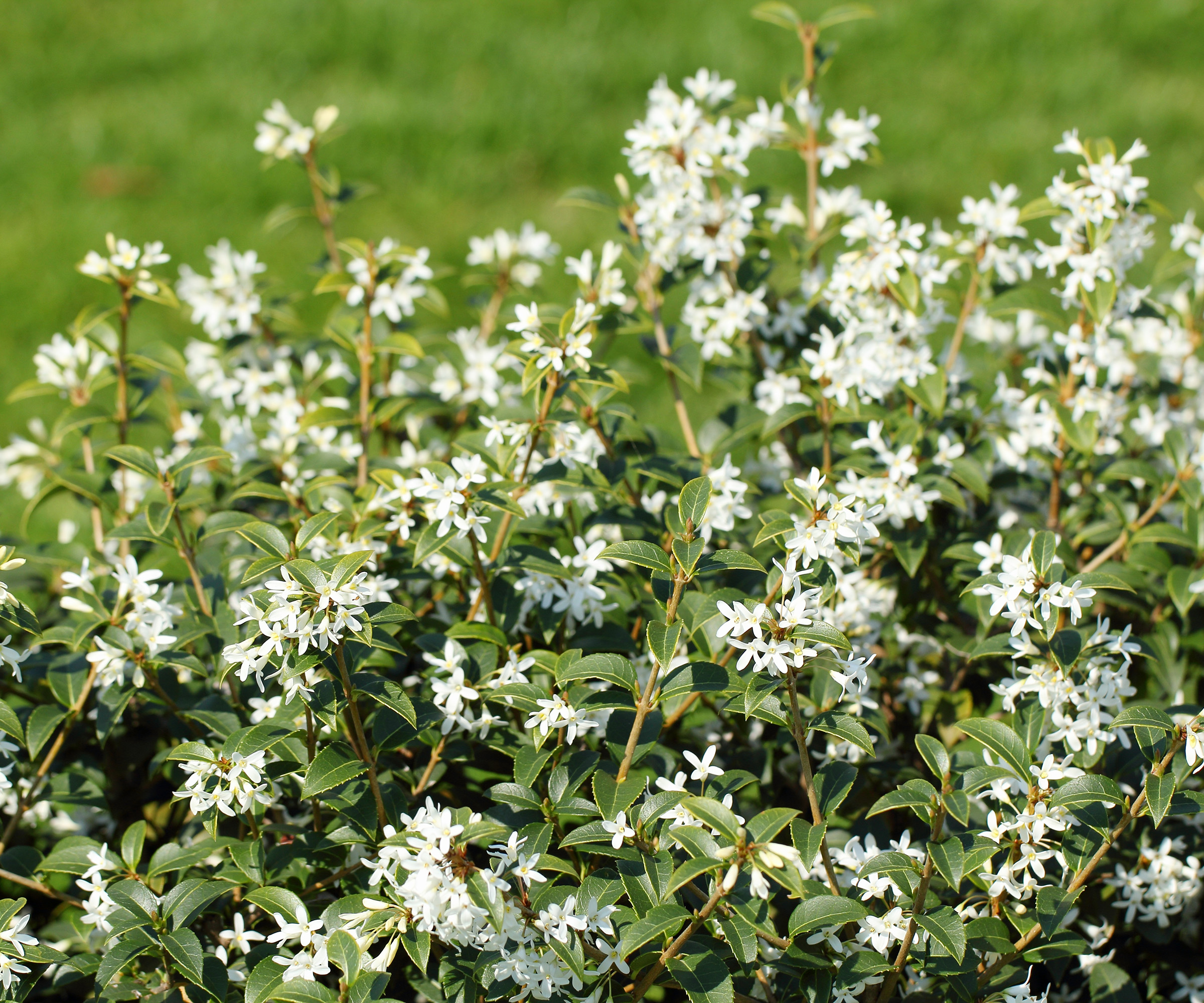
When planting hedging, it is a good idea to incorporate fertilizer into the soil, to give your new plants the best chance of success. Adding a slow-release fertilizer to the soil is a good way to help your hedge plants as they establish. There are many products available online or in garden stores, such as this Bio-Tone plant feed, available from Nature Hills, or this Miracle-Gro shake and feed, available at Walmart.
In addition, I would recommend using a plant fertilizer that is high in phosphorus for recently planted hedging. Doing so will help your plants with root growth during the first growing season, so using something like this bone meal, available from Walmart, is a good idea.
'For feeding established hedges, I recommend using a balanced slow-release fertilizer specifically formulated for shrubs and hedges,' Mike says. 'Whether the hedge is evergreen, deciduous, or flowering, they all benefit from using a balanced fertilizer which will promote healthy growth and vibrant foliage or blooms.'
Remember that liquid fertilizers are useful for giving your plants an instant hit of nutrients, whereas slow-release granules might take slightly more time. For those gardeners looking for a low-maintenance option, applying slow-release granules is a good option as you can feed once and the job is done for the year.
'When feeding hedges, it is important to follow the manufacturer's instructions regarding application rates,' Mike adds. 'Gardeners should also remember that it is generally best to feed hedges after pruning, as this provides nutrients to support new growth and helps the hedge recover from the pruning process.'
Finally, I recommend adding some organic leaf mold or mulch underneath hedge plants every year. This is important as it will help to improve the quality of the soil and improve the health and growth of your hedge plants. This is especially important for maintaining the health of dense, evergreen shrubs, which are some of the best privacy hedges, including box or holly.
FAQs
What product is best to use for evergreen hedging, such as yew or box?
Evergreen hedges will benefit from an application of balanced fertilizer containing nitrogen, phosphorus and potassium, which can be applied in the spring months. I would suggest using a feed that is recommended for evergreen hedges and shrubs, which can be found online or in garden stores. In addition, be sure to spread an organic leaf mold or mulch in the fall, which will help to add goodness to the soil.
Feeding your hedge plants will help to give your beautiful boundaries a boost, and is an important job to add to your spring gardening task list. For more fertilizer information, consider our guide on how best to fertilize established trees, another important spring job.

Thomas is a Content Editor within the Gardens Team at Homes and Gardens. He has worked as a professional gardener for both public spaces and private estates, specializing in productive gardening, growing food and flowers. Trained in Horticulture at the Garden Museum, he has written on gardening and garden history for various publications, including The English Garden, Gardens Illustrated, Hortus, The London Gardener and Bloom. He has co-authored a Lonely Planet travel book, The Tree Atlas, due out in 2024.
